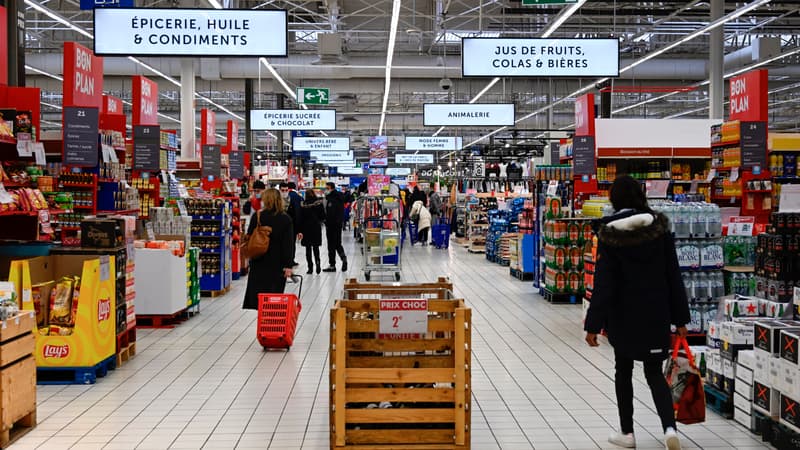“An autumn full of threats for Europe”. In its latest economic report published this Thursday, the INSEE confirms a slowdown in economic activity in the Old Continent at the end of the year in a context of supply difficulties and persistent inflation in a more than tense international context.
If not saved, France should still limit the damage with zero growth in the fourth quarter, after +0.2% in the third. So the tricolor activity would advance 2.6% in the year.
Drop in the price of oil, increase in the discount at the pump, maintenance of the energy shield… Due to “lower than expected” energy prices, the statistics institute also estimates that inflation would reach 5.2% on average in 2022 as a whole, compared to the 5.3% forecast in its latest forecast.
In detail, the consumer price index, after two consecutive months of decline, should stabilize around 5.5% in October for a year before rising again to stand at 6.4% in December (vs. 6.6% initially forecast).
This price increase is mainly explained by the gradual reduction of the discount at the pump, which will go from 30 to 10 cents in November. For its part, food inflation would continue to rise “due to the effect of past price increases” until reaching 11.7% per year in December. As has been the case since September, food should remain the main contributor to headline inflation.
Almost stable purchasing power
After a sharp drop in the first half (-1.6% in the first quarter and -1.1 in the second), the purchasing power of the French should rebound in the second half of 2022 thanks to salary increases (rise in Smic, revaluation of the point of incision of the public service, etc.) and the support measures included in the purchasing power law voted in the summer.
In the third quarter, the purchasing power of disposable household income should therefore recover by 1.7%, before +0.7% in the last three months of the year. All in all, the purchasing power of households should remain practically stable throughout the year (-0.1%) but fall by 0.6% if we look at its variation per unit of consumption.
Finally, on the employment front, the dynamics should slow down. Total employment should grow 0.2% in the third quarter and 0.1% in the 4th, after +0.4% in each of the first two quarters. For the year as a whole, 305,000 net job creations are expected, an increase of 1%, after +3.4% in 2021. The unemployment rate should remain stable in the second half, at 7.4% of the active population.
Source: BFM TV


